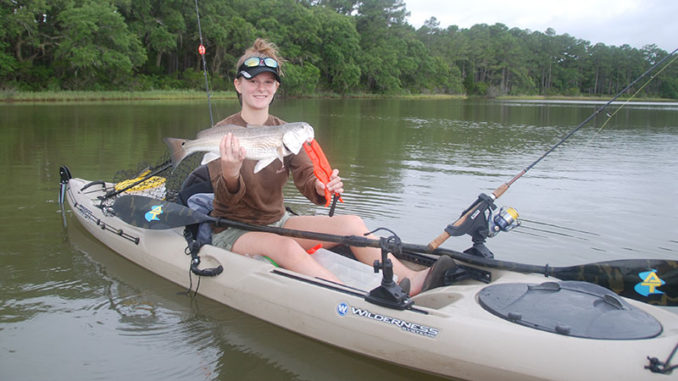
One misconception about saltwater vs freshwater fishing and vice versa is that the two are completely different. This may be true if comparing pelagic offshore fishing with pond fishing. But as most kayaking anglers will be plying inshore and nearshore areas, a freshwater farm pond and an inshore salt pond have more similar characteristics. Additionally, other similarities help with crossing over.
Tackle – Freshwater and saltwater tackle are not that different. Care and maintenance is a strict requirement on all tackle used in the brine due to the corrosive nature of saltwater.
When it comes to rods and reels, it’s always better to go a little lighter when using artificial lures and a little heavier when using live baits as sharks and rays have a way of finding dead meat hanging around. And catfish, the scavengers of freshwater, aren’t particularly line shy.
Baits – Freshwater hooks tend to be of the bronze variety while saltwater hooks are usually plated in something silver colored. This is for durability sake.
Soft plastics are nearly universal in fresh and saltwater. Crankbaits are just as deadly in saltwater as fresh, though few saltwater anglers throw them for fear of losing them.
Fishing Line – Anglers using braid often tip the line with monofilament leader in cases where line shyness is an issue. Line choice is mostly personal and each line has it’s uses. Both will work in either type of water.
Current – Freshwater anglers who fish rivers will find a lesser learning curve fishing saltwater, especially in areas of more tide range.
Currents are a factor in freshwater but are more subtle in impoundments and reservoirs, usually affected by wind or water releases. If you are a saltwater angler and find yourself craving more current, move to the headwaters of whatever freshwater body you are on and start from there.
Cover – Generally speaking, wood, rock, and concrete are the major cover compositions in freshwater while shell, grass, and sand are used for cover in saltwater. Channels, ditches, and drop-offs are consistent structures, and present in both environments. If you find whatever the prevailing cover is on the edge of a drop-off, channel, ditch, etc, you’ve likely found decent fish holding area.
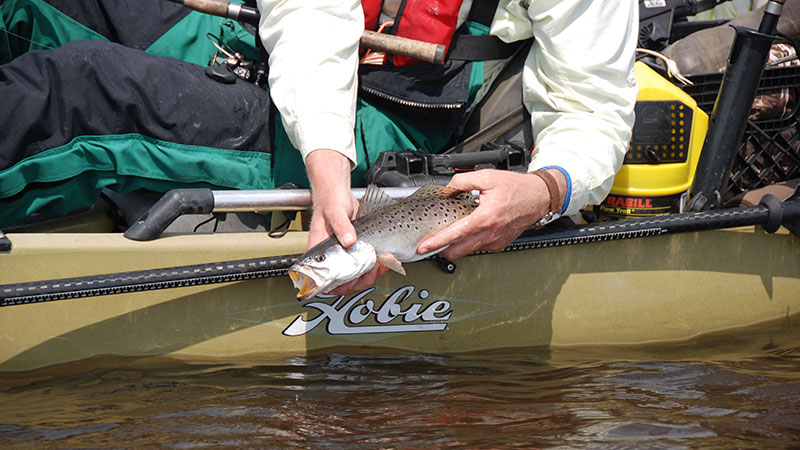
Best Bets
NORTH CAROLINA
WHAT — Largemouth bass
WHERE — Lake Gaston
HOW — Fish boat docks, casting shallow-diving, shad-imitating crankbaits. Bass are roaming, chasing migrating shad, so you don’t have to be right on the dock to catch fish.
LAUNCH — ncwildlife.org/boating/where-to-boat/
INSIDER TIP — Bass gravitate to hard bottom areas in the fall, especially near docks, brush piles or grass. Look for old roadbeds or rock-studded bottom.
SOUTH CAROLINA
WHAT — Speckled trout
WHERE — Georgetown/Winyah Bay area
HOW — Cast anything resembling shrimp around areas of moving, clear water, especially seams created by points, rocks or oyster rakes.
LAUNCH — www2.dnr.sc.gov/managedlands/boatramp/boatrampsearch
INSIDER TIP — Target oyster bars out in the inlet and on the upper and lower sides. If unsure of oyster bar locations, take a journey at low water to get the lay of the land, then return on a rising tide as clean water comes in with the tide.
Comparing species
When crossing over from one water environment to the other, consider the species you hope to catch. For every species of fish in either fresh or salt water, there is at least one prey/bait that is primarily used to target that species. Even if using artificial bait, start with the bait that closely mimics that prey to begin your quest.
The available saltwater species generally outnumbers what you’ll find in freshwater. It’s nearly impossible to compare and contrast every species between the two environments, but some generalities are worth mentioning.
Speckled trout, largemouth bass, redfish, cobia, striped bass, ladyfish, Spanish mackerel and flounder tend to be sight feeders at least part of the time and will react to flashy, eye-catching presentations. If you’re targeting one of these, artificial baits – meaning jigs, soft plastics, crankbaits, spinnerbaits, and spoons, are fair game. That’s not to say other species won’t take artificial lures, but the sight feeders are going to top the list.
Catfish, redfish, sharks, tarpon, and most saltwater bottom fish tend to feed more by smell/scent. Cut baits of shrimp, herring, shad, crab, or assorted baitfish are used to target these species and are generally done so weighted on the bottom.
Panfish species – bream, crappie, perch, sheepshead, whiting, croaker, and spot are often considered structure-oriented fish. Target these fish by presenting the preferred bait adjacent to the preferred structure and your chances of catching that fish increases greatly. Examples are using crickets under a cork on a shallow sand flat to catch bream, minnows above a brush pile to catch crappie, and fiddler crabs next to a dock piling to catch sheepshead.

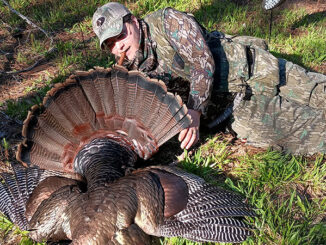
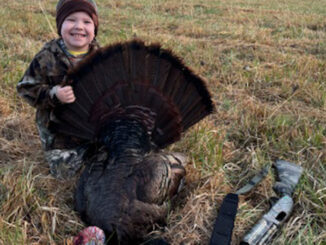
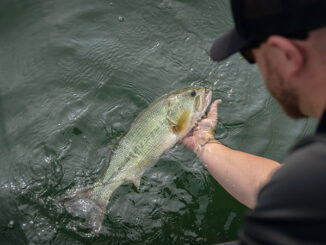

Be the first to comment